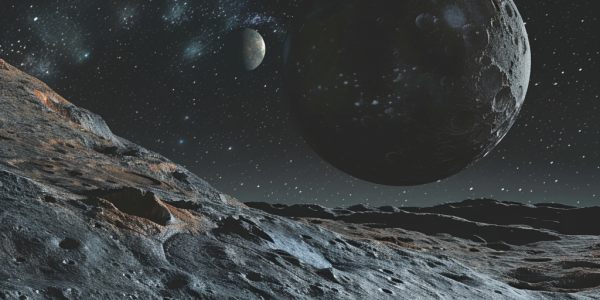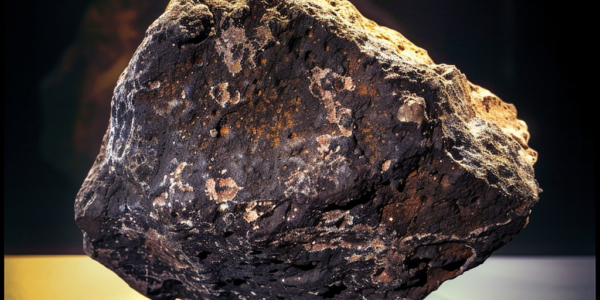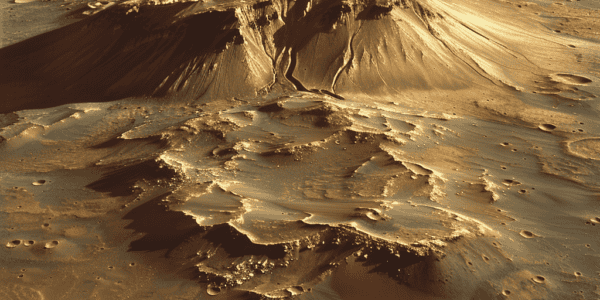New Research Suggests Rocky Exoplanets More Likely to Host Large Moons
Recent simulations suggest that smaller rocky exoplanets are more likely to host large moons, shedding light on the formation of Earth’s moon and potential exomoons around other planets in the universe. Scientists explore the concept of ‘streaming instability’ in moon formation, revealing challenges for moon survival and implications for the search for exomoons beyond our solar system.
Remains of ‘Buried Planet’ Uncovered Deep Within Earth, Potentially Linked to Moon-Forming Impact
Scientists have made a fascinating discovery deep within the Earth, uncovering the remains of a ‘buried planet’ possibly linked to a moon-forming impact 4.5 billion years ago. Seismologists identified massive ‘basal mantle anomalies’ beneath the Pacific and Africa, suggesting a unique material composition. Researchers speculate these anomalies could be remnants of a planet named Theia, offering insights into Earth’s collision history and moon formation. The discovery opens new avenues for understanding celestial collisions and planetary dynamics.
Rare Presolar Grain Challenges Astrophysics Models
Discover the groundbreaking findings in astrophysics as researchers uncover a rare dust particle within a meteorite, challenging existing models. Dr. Nicole Nevill’s research, in collaboration with NASA, reveals a presolar grain with a unique magnesium isotopic ratio, shedding light on cosmic events and star formation processes. Explore the significance of this discovery in understanding stellar evolution and the mysteries of the universe.
Rare Asteroid Sample on Display at University of Arizona Museum
NASA’s OSIRIS-REx spacecraft has brought a small piece of an asteroid to the University of Arizona’s Alfie Norville Gem & Mineral Museum. This rare extraterrestrial rock sample is now available for public viewing, making it one of only three such samples in the world. After a seven-year journey, the pebble from asteroid Bennu landed in a remote area of the Utah desert and is now on display at the museum in Arizona.
Giant Volcano and Possible Glacier Ice Discovered on Mars
A giant volcano and possible buried glacier ice have been discovered in the eastern part of Mars’ Tharsis volcanic province, near the planet’s equator. This groundbreaking announcement was made at the 55th Lunar and Planetary Science Conference in Texas, revealing that the giant volcano, provisionally designated “Noctis volcano,” had been hiding in plain sight for decades. The discovery of this giant volcano and potential glacier ice points to an exciting new location to study Mars’ geologic evolution through time and search for signs of life. The structure’s gigantic size and complex modification history indicate that it has been active for a very long time, from ancient through recent times. This finding opens up new possibilities for future exploration and research on Mars.
Minimoons: The Key to Unlocking Secrets of the Early Solar System
Discover the secrets of the early solar system by studying Earth’s ‘minimoons’ or ‘quasi-moons’, which could provide valuable clues about the origins of our solar system. These tiny cosmic bodies, located near Earth’s orbit, may hold the key to understanding the conditions and composition of the early solar system, making them prime candidates for scientific exploration.






